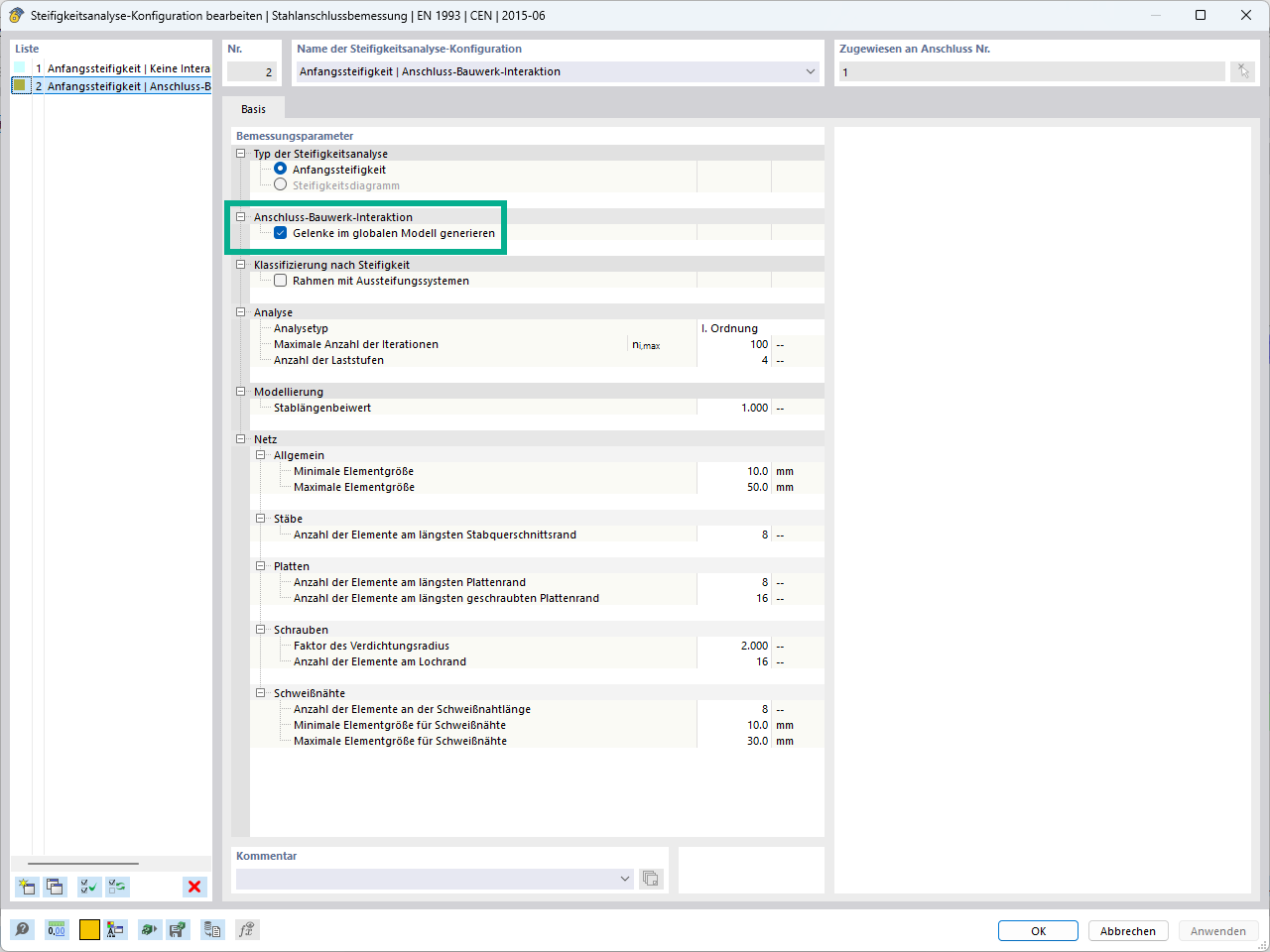No RWIND 3 Pro, é possível aplicar permeabilidade a uma superfície. A brief theory about the permeability can be found in Chapter Permeability. In RWIND 3 Pro, the permeability is modeled using a boundary condition, a prescribed pressure drop on defined surfaces. The pressure drop (pressure gradient) is given by Eq.:
|
Δp[Pa] |
Pressure drop |
|
μ[Pa.s] |
Dynamic viscosity of the fluid |
|
U[m/s] |
Velocity of the fluid |
|
D[1/m2] |
Darcy coefficient |
|
I[1/m] |
Inertial coefficient |
|
ρ[kg/m3] |
Density of the fluid |
|
L[m] |
Permeable media length in the flow direction |
where the coefficients D and I are defined as:
In the permeable media models discussed in Chapter Permeability, a source term is added on the right side of the N‑S equations in the centroid of the cells where the permeability should be solved. Since RWIND 3 Pro only solves permeable surfaces (that is, relatively thin elements), the permeability is modeled using a cyclic boundary condition (porousBafflePressure) so far, prescribing the pressure gradient on the selected elements (patch). Para mais detalhes, consulte o guia OpenFOAM. This is a computationally simple model and interesting results can be achieved in a short computation time. However, it has its limitations, for example, using the model for high pressure drop may not lead to convergence and results.
Informação mais específica sobre o modelo de permeabilidade (porosoBafflePressure) pode ser encontrada no OpenFOAM-4.1 manual.
Permeability & Zones
In RWIND 3 Pro, the permeability is assigned to the selected zones as a material property, see the image below.
In the "Edit Zone" dialog box, the "Material" section, click "Create new material..." or "Edit material...". A dialog box with permeability parameters appears.
Here, the permeability coefficients D, I, and the permeable surface length (thickness) L have to be defined. An introduction on how to derive and obtain these coefficients was described in Chapter Permeability. More ideas and approaches to deriving the coefficients can also be found here:
Calculadora Darcy-Forchheimer
One way to obtain the coefficient and model the permeability is described in the Knowledge Base Article on the Dlubal website.
After setting all coefficients and assigning zones to surfaces, the model with permeable surfaces is ready for calculation.












































_1.jpg?mw=350&hash=ab2086621f4e50c8c8fb8f3c211a22bc246e0552)




-querkraft-hertha-hurnaus.jpg?mw=350&hash=3306957537863c7a7dc17160e2ced5806b35a7fb)